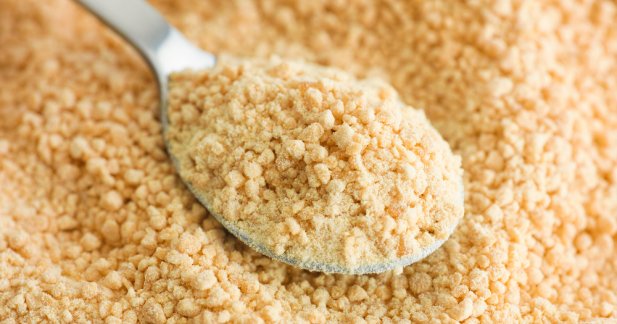
Exploring the Role of Soy Lecithin in Chocolate
November 21, 2023
Chocolate, a universally cherished indulgence, is a complex symphony of flavors and textures. Beyond the rich cocoa solids and sweeteners that define its essence, one often encounters an ingredient listed on the packaging: soy lecithin.
This seemingly unassuming component plays a crucial role in the creation of smooth, velvety chocolate. Let's unravel the reasons behind soy lecithin's widespread use in chocolate production.
Understanding Soy Lecithin
Lecithin is a naturally occurring fatty substance that can be found in various plant and animal tissues. In the context of chocolate, soy lecithin is extracted from soybeans, making it a popular choice for chocolate manufacturers due to its versatility and functional properties.
1. Texture and Mouthfeel
One of the primary reasons soy lecithin is employed in chocolate making is its emulsifying properties. Chocolate is a blend of cocoa solids, cocoa butter, and sugar, and achieving a smooth, homogenous texture can be challenging.
Soy lecithin acts as an emulsifier, facilitating the even distribution of fat particles throughout the chocolate mixture. This results in a silkier, more indulgent mouthfeel, making the chocolate experience all the more delightful.
2. Stability and Shelf Life
Chocolate lovers across the globe appreciate the long shelf life of their favorite treats. Soy lecithin contributes to this by enhancing the stability of chocolate products.
As an emulsifier, it helps prevent the separation of cocoa solids and cocoa butter, reducing the likelihood of fat bloom – a phenomenon where the cocoa butter rises to the surface, causing a whitish discoloration.
By incorporating soy lecithin, chocolate manufacturers can ensure that their products maintain their luscious appearance and texture over an extended period.
3. Ease of Processing
Chocolate production is a delicate dance of temperature and precision.
Soy lecithin aids in the tempering process, allowing chocolate to set smoothly and consistently. Its emulsifying properties ensure that the cocoa butter crystallizes evenly, preventing the formation of undesirable textures like grittiness.
This contributes not only to the visual appeal of the chocolate but also to the overall consumer experience.
4. Reducing Viscosity
In the world of chocolate manufacturing, viscosity is a critical factor. Soy lecithin helps reduce the viscosity of chocolate, making it easier to handle during various stages of production.
This is particularly advantageous in the creation of coatings for confections, where a thinner consistency ensures a more even and appealing coating on candies and other treats.
The next time you indulge in a piece of chocolate, take a moment to appreciate the science and artistry behind its creation, with soy lecithin as an unsung hero in the recipe for chocolate perfection.
Have you tried one? Share your thoughts in the comment section below and don’t forget to follow our Facebook and Twitter accounts for more fun and interesting chocolatey ideas!

You can join us right now. Learn all about chocolate tasting with milk chocolates, dark chocolates, even white chocolate. Refine your taste buds with expert guidance.
- Why You Should Try Chocolate-Covered Nuts (And How to Make Them!) - April 22, 2025
- Easy Chocolate Easter Nests Recipe - April 15, 2025
- The Best Chocolate Gifts for Easter (That Everyone Will Love!) - April 8, 2025


